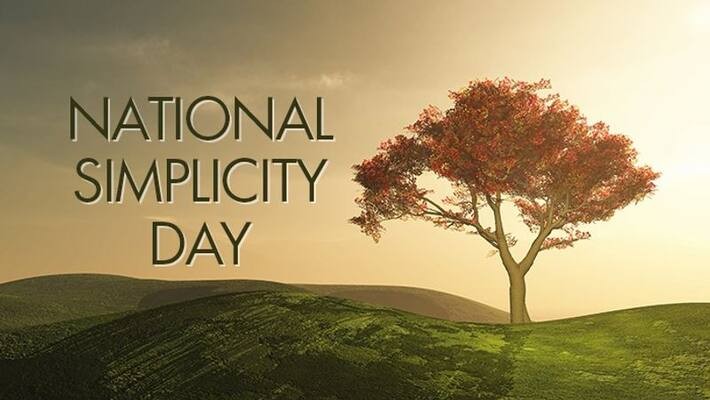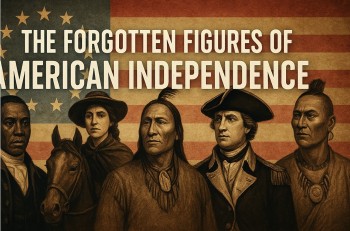What Is National Arbor Day? Date, History, Importance, and How the U.S. Celebrates Trees
Trees are essential to life on Earth. They clean our air, protect biodiversity, reduce climate change impacts, and offer shade and beauty to our communities. That’s why National Arbor Day is more than just a date—it’s a growing movement rooted in conservation and action. Celebrated annually across the United States, Arbor Day promotes tree planting and raises awareness of the vital role trees play in our environment.
Read More: What is Ann Arbor Folk Festival 2025: Dates, Locations, Significance, and Activities
 |
| National Arbor Day is celebrated on the last Friday in April each year |
Fun and Inspiring Arbor Day FactsThe world’s first Arbor Day was in Spain in 1594, but the U.S. version started in Nebraska in 1872. The Arbor Day Foundation is one of the world’s largest nonprofit tree-planting organizations. One large tree can provide a day’s supply of oxygen for up to four people. Trees can cool cities by up to 10°F through shade and moisture. The White House has celebrated Arbor Day with tree plantings since the early 1900s. Some cities, like Sacramento, CA, are nicknamed “City of Trees” because of their urban forest coverage. |
What Is National Arbor Day?
National Arbor Day is a holiday dedicated to planting and caring for trees. The name comes from the Latin word arbor, meaning tree. On this day, individuals, schools, communities, and organizations across the U.S. come together to plant trees and learn about their environmental value. While tree planting is the central theme, the day also inspires long-term commitments to forest preservation and sustainable living.
When Is Arbor Day Celebrated?
National Arbor Day is observed on the last Friday in April. In 2025, it will fall on April 25. However, many states celebrate their own Arbor Day at different times of the year, depending on the best tree-planting season for their region. For example:
-
Florida celebrates it in January
-
California celebrates in March
-
Alaska celebrates in May
You can find your state’s Arbor Day on the Arbor Day Foundation website.
The History of Arbor Day
Arbor Day was first celebrated on April 10, 1872, in Nebraska. It was founded by J. Sterling Morton, a newspaper editor and nature advocate, who encouraged Nebraskans to plant trees on the treeless prairies. On that first Arbor Day, it’s estimated that more than one million trees were planted.
The idea spread quickly. Within two decades, Arbor Day was celebrated in every U.S. state. In 1970, President Richard Nixon officially proclaimed the last Friday in April as National Arbor Day, further embedding it into American culture and environmental policy.
The Arbor Day Foundation, established in 1972 on the 100th anniversary of the holiday, has since helped plant more than 500 million trees worldwide.
Why Arbor Day Matters: Significance and Environmental Impact
Arbor Day is more than symbolic—it’s a reminder of our responsibility to care for the Earth. Planting trees helps:
-
Absorb carbon dioxide and fight climate change
-
Filter air pollutants and improve public health
-
Provide habitat for wildlife and pollinators
-
Prevent soil erosion and maintain healthy ecosystems
-
Reduce urban heat and lower energy costs in cities
Arbor Day encourages not just tree planting but deeper environmental stewardship. It promotes green spaces, ecological education, and a stronger connection to nature.
How Arbor Day Is Celebrated in the U.S.
Americans celebrate National Arbor Day in various meaningful ways:
-
Tree-planting ceremonies in schools, parks, and neighborhoods
-
Educational events about the importance of trees and forests
-
Volunteer projects for urban greening and reforestation
-
Partnerships with nonprofits like the Arbor Day Foundation to donate or plant trees
-
Community cleanups focused on beautifying public green spaces
Schools often use Arbor Day as an opportunity to teach environmental science and get students involved in planting and caring for young trees. Cities and municipalities may give away free saplings to encourage local tree growth.
In recent years, Arbor Day has gone digital too. People share photos of their tree-planting efforts online and use hashtags like #ArborDay and #PlantATree to inspire others.
Conclusion
National Arbor Day is a celebration of trees and a call to action. It reminds us that every tree planted today creates a better tomorrow—for our climate, our communities, and our future. Whether you plant a tree in your backyard, volunteer at a park, or donate to a conservation cause, Arbor Day is an invitation to reconnect with nature and invest in a greener world.
 What is Ann Arbor Folk Festival in Michigan: Date, Significance, Activities, and How to Visit What is Ann Arbor Folk Festival in Michigan: Date, Significance, Activities, and How to Visit Michigan hosts the annual Ann Arbor Folk Festival, celebrating folk, Americana, and roots music. Every January, it showcases established and emerging artists in a small ... |
 Christmas Gunshots At Phoenix Sky Harbor Airport: 3 People Wounded, 1 Stabbed Christmas Gunshots At Phoenix Sky Harbor Airport: 3 People Wounded, 1 Stabbed On the evening of December 25, 2024, Phoenix Sky Harbor International Airport experienced a security incident involving reported gunshots in Terminal 4. An adult female ... |
 U.S. Calendar in April 2025: List of Holidays, Festivals, and International Events U.S. Calendar in April 2025: List of Holidays, Festivals, and International Events April in the U.S. is full of life, marked by holidays, observances, and seasonal events. Explore key federal holidays, special themes, and global celebrations that ... |























